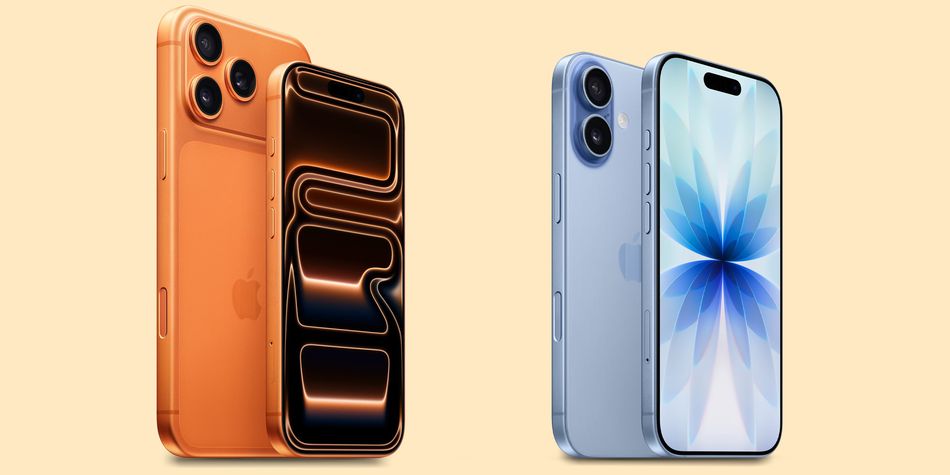By clicking a retailer link you consent to third-party cookies that track your onward journey. This enables W? to receive an affiliate commission if you make a purchase, which supports our mission to be the UK's consumer champion.
Watch: How to clean your mobile phone without damaging it
You might be surprised to know that it's advised that you clean your phone every day – and with these devices so fundamental for many of us it's easy to see how quickly they can attract grime and fingerprints.
But despite being more robust than ever there are still delicate parts at risk if you clean your phone the wrong way. We've shortlisted the best ways to clean your phone and its case, and some things to watch out for.
Looking for a bargain on a mobile phone? Check out our mobile phone deals for our best recommendations.
The best ways to clean your smartphone
Mobile phone manufacturers have previously been reluctant to advise owners to use antibacterial products on their phones. However, after the coronavirus pandemic, Apple, Samsung and Google updated their advice to say that 70% isopropyl alcohol wipes are safe to use for disinfecting your phone. But these aren't the only options, Apple has also proved 75% ethyl alcohol wipes and Clorox Disinfecting Wipes.
Before cleaning, always start by turning your phone off and unplugging any cables, and make sure you leave it to dry once before turning it back on. It's important to always avoid getting moisture in any openings like charging and headphone ports.
The safest option is wipes

As advised by brands such as Apple and Google, using a 70% alcohol wipe is a great option for cleaning your phone. These wipes can be used on all the exterior surfaces of the phone such as the display and rear casing, avoiding any openings on the phone (headphone ports, speakers, etc).
Use mild soap and water as an alternative

This method might not be as good for germ-busting as alcohol wipes, but if all else fails, with some soap on hand you can get rid of some of the grubby bacteria that's hiding in plain sight on your phone.
Start by making a mixture of dish soap and water (tap water is fine, but distilled water is better, if available). All advice points to avoiding dunking your phone in soapy water at any cost because this can seriously damage its internals (Google goes further, suggesting you should only use ordinary household soap on the back and sides of the phone but not the screen). Instead, dip a microfibre (and preferably soft and lint-free) cloth into the solution. These cloths are much less abrasive than paper towels, kitchen roll or tissues and are less likely to damage the protective, scratch-resistant layer on your phone's display.
Ensure that the cloth isn't dripping wet either. It should only be damp so that no excess water gets into the phone, especially if it's not waterproof. Never spray any cleaner or liquid onto the phone, always apply to a cloth first.
Don't rinse your phone, even if it's water resistant

Some advice states you can give your phone a light rinse, especially if it has an IP waterproof certification either that is IP67 and up. But, we disagree.
IP (Ingress Protection) ratings certify your phone against dust ingress and contact with water at varying levels, depending on their rating number. If your phone is IP67 certified your phone can withstand immersion in up to 1 metre of water for up to 30 minutes, while IP68 certified phones are fine in up to 1.5 metre of water, although this can vary by manufacturer so it's always best to check.
Manufacturers like Apple, Samsung and Google all state their warrantines do not cover liquid damage under any circumstances and, given that water resistance degrades over time, it's best to go with some of the other cleaning options on this list, instead.
Want to get rid of those annoying cracks and dents in your phone? Our guide on how to repair your smartphone tells you how much those repairs will set you back.
Don't use household cleaning products like bleach

If you don't have wipes to hand, you might be tempted to mix up your own concoction using some trusty cleaning supplies under the kitchen counter.
Manufacturers, such as Apple, have warned against doing this because the harsh chemicals in these cleaners can wear down the protective layer of your display, especially if you're using it consistently over a long period of time. Always avoid using products like bleach anywhere near your phone.
Another thing in your cleaning arsenal that you should also keep away from your phone is kitchen roll, which can often be abrasive. Also, never spray a cleaner directly on to your phone.
Tips from companies such as AT&T has changed to reflect the fact that even tissue can be harsh on your phone's display, possibly leaving scratches, especially if used several times and with excessive force. Opt for a gentler microfibre cloth instead.
If you have an iPhone, Apple lists how you should clean them depending on which device you have, but the advice is very similar across them all.
Don't forget to clean your phone case

Cleaning advice doesn't just go for those that are getting hands-on contact with their smartphone. If you're using a phone case to cover your precious handset, you should be just as diligent with cleaning it, particularly if your phone case doubles as a purse to store your cards and money.
On the whole, the same tips apply to your case as your phone, but in some cases, you may have a bit more freedom. Ensure that you always remove the phone case from your phone before cleaning it.
Cleaning advice varies depending on the material of case you have. We've given some tips below so that whether you're clutching a leather, wood or silicone-coated smartphone, you're keeping it germ-free:
- Leather - To clean these types of cases, use a damp cloth with a mild hand soap and water solution on it. You can also use a mild cleaner with the cloth to get stubborn stains out.
- Plastic, rubber and silicone - Soak the case in a solution of dish soap and warm water for a few minutes. If you have any stubborn stains, you can gently scrub a toothbrush on them to try and get them out. Dry the case with a microfibre cloth.
- Wood - Contact with water can deteriorate the wood over time so use a dry microfibre cloth regularly to wipe these cases down.
Tech tips you can trust - get our free Tech newsletter for advice, news, deals and stuff the manuals don't tell you




